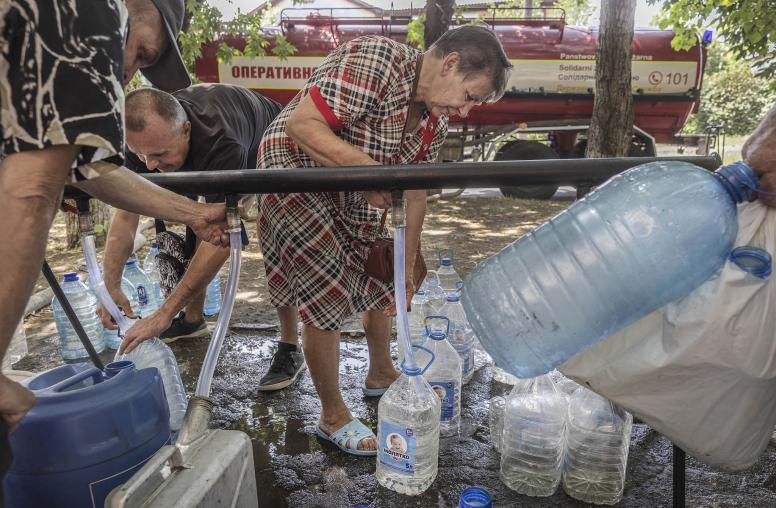Preventing Violence During Ukraine’s 2019 Elections
Ukraine’s 2019 presidential and parliamentary elections will take place against a tense backdrop of Russian aggression, ongoing conflict in the Donbas region, and a momentous split in the Ukrainian and Russian Orthodox churches. This Special Report, based on an assessment conducted by USIP in late 2018, identifies key conflict dynamics, models regional scenarios for election violence, and provides policymakers with recommendations for preventing and mitigating election-related violence.
Summary
- Ukraine has entered a busy election season, with a presidential election slated for March 31, 2019, and parliamentary elections to follow on October 27. Many Ukrainians expect turbulent and “dirty” elections.
- Though the risk of intense, widespread election violence is low, voter and candidate intimidation is likely. Both the presidential and parliamentary elections will likely see interference from Moscow and postelection protests.
- Organizing elections amid an ongoing violent conflict creates unique security challenges as it provides new targets for armed groups aimed at undermining political stability.
- The extensive presence of right-wing extremist groups also poses the threat of physical violence, while collusion among politicians, law enforcement personnel, and criminal networks at a local or regional level may lead to harassment and violent competition.
- The Ukrainian National Police and the Central Election Commission are best positioned to prevent election-related violence and to protect political candidates, civic activists, and voters. Authorities will need additional training on election violence analysis and prevention in order to strengthen their local preparedness and ensure electoral justice.
- Diplomats should coordinate their messaging to encourage a high threshold for election integrity, ensure accountability for corruption and violence, and counter Russian interference.
About the Report
Based on an election violence risk assessment conducted between September and December 2018, this report identifies the key conflict dynamics at play in the run-up to Ukraine’s March 2019 presidential election and its October 2019 parliamentary elections. The work was supported by the Center for Applied Conflict Transformation at the U.S. Institute of Peace.
About the Authors
Jonas Claes is a senior program officer at the U.S. Institute of Peace. Artem Myroshnychenko is an independent research consultant in Kyiv. Yevheniia Polshchykova is an independent social researcher in Kyiv who has worked as an analyst for the World Food Programme, UNICEF, the World Bank, and others. The authors would like to thank Jack Stuart for his exceptional research assistance.



